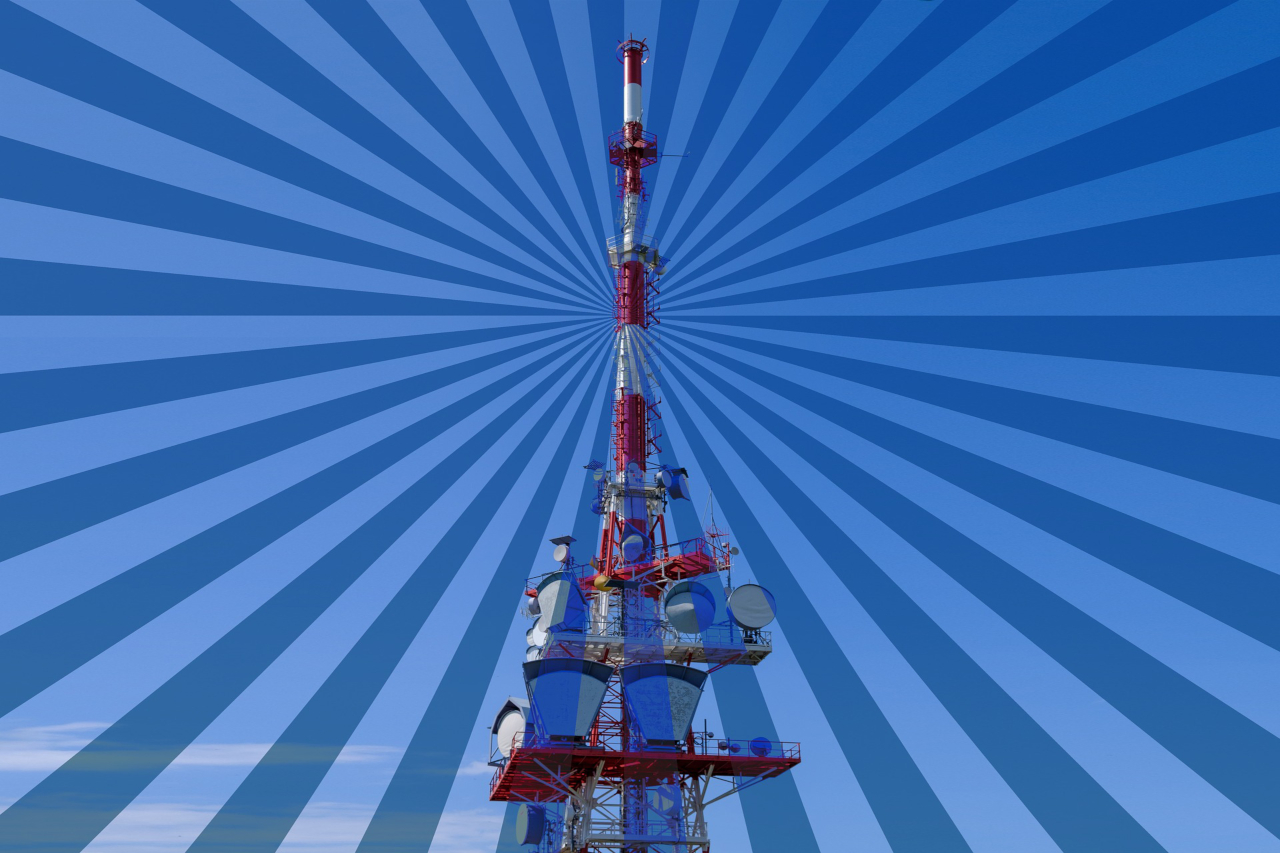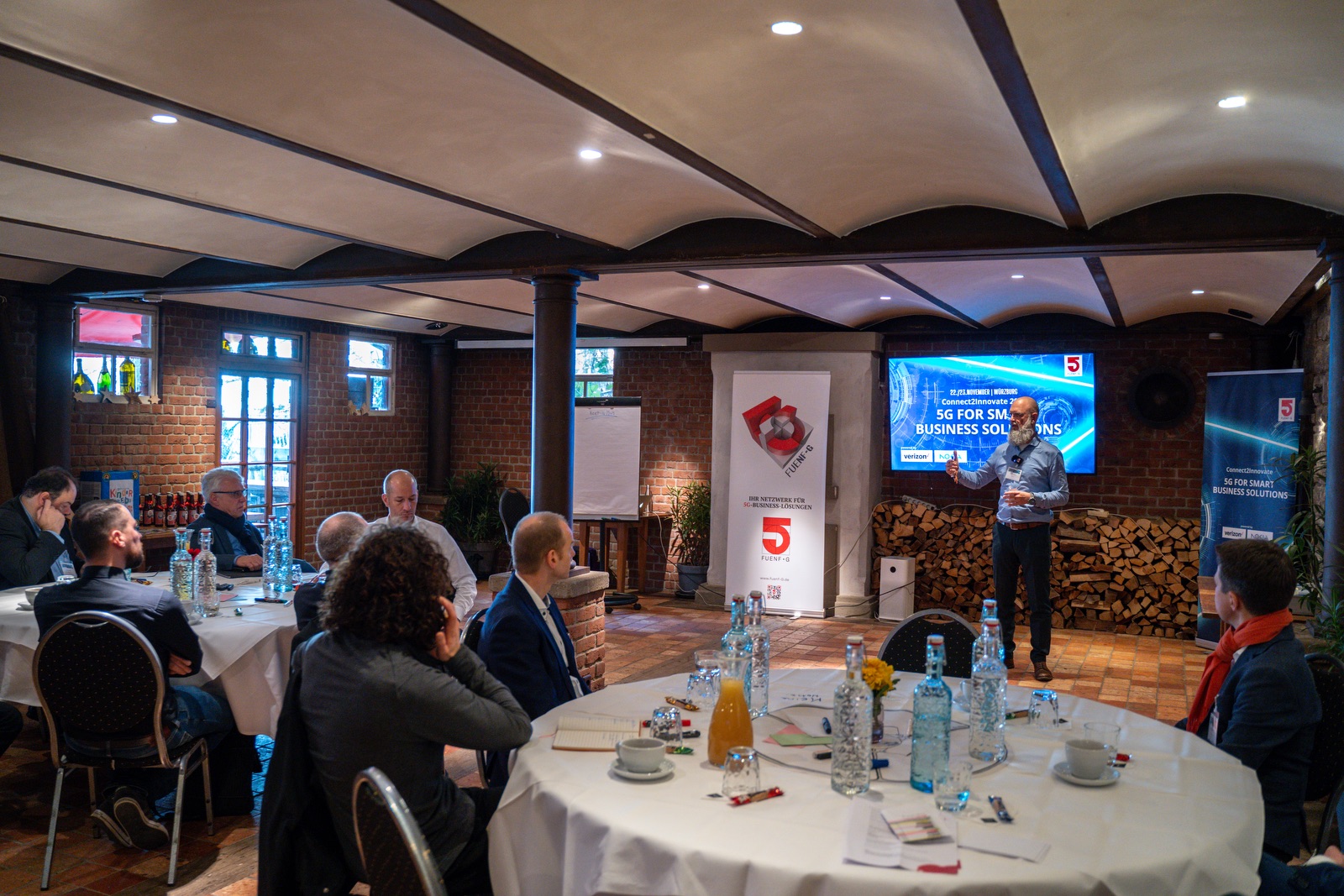Which frequency bands must a device support in German mobile networks? (Picture: Pixabay/Gerd Altmann)
If the 5G router supports the n78 band – is that sufficient for operation in Germany? What is the frequency range behind it? And which frequencies are actually used in Germany? We provide you with an overview of what you need to pay attention to when procuring 4G and 5G technology.
The number of devices equipped for 5G reception is slowly increasing. At the same time, more and more frequencies can be used for mobile communications. This is because the switch from analog signals to digital transmissions, which can use the bandwidth more efficiently with the help of error correction bits and compensation mechanisms, creates more space in the ether – the so-called “digital divde”. But not everywhere in the world are the frequencies used in the same way. For device manufacturers, this means that they have to develop customized versions for different regions that take into account the mobile radio frequencies used in each case. The technical description should reveal which these frequencies are. However, it does not always indicate the supported frequencies, but often only the numbers of the frequency bands.
In the table below you will find the bands and the associated frequencies, separated into downlink and uplink. Whereas in UMTS times, only a number was simply specified, current designations preceded by a “B” indicate support for LTE (4G) on this frequency, a preceding “n” indicates 5G capability.
From 2G to 5G in Germany
In Germany, the spectrum is currently used for mobile communications in the following areas:
- 700 MHZ (band 28)
- 8000 MHz (band 20)
- 900 MHz (band 8)
- 1500 MHZ (volume 32)
- 1800 MHz (Band 3)
- 2100 MHz (band 1) and
- 2600 MHz (band 7).
In the frequency auction at the beginning of the year, additional bands were also auctioned off:
- 2100 MHz (Band 1, referred to in the auction as the 2.0 GHz band)
- 3400 MHz (band 42, referred to in the auction as the 3.6 GHz band) and
- 3600 MHz (band 43, also contains the frequency range 3700-3800 MHz, which is reserved for campus networks)
The practice still followed by some providers of only indicating frequencies can be misleading, at least in theory, since, for example, an indication of “2600 MHz” could stand for both band 7 and band 38. Although both are located in the 2600 MHz range, they differ both in the exact frequency and in the transmission mode used (FDD/TDD). Conversely, there are also partial and complete overlaps. For example, band 78 covers the spectrum from 3300-3800 MHz and thus also includes bands 42 and 43, which cover the range from 3400 to 3600 MHz and from 3600 to 3800 MHz.
Quick-Check
For devices sold in Germany, such as 5G mobile routers, you should therefore make sure that at least these bands used in this country are listed completely: 1, 3, 7, 8, 20, 28, 32, 42 and 43. band 78 replaces 42 and 43 completely. conversely, you can also see from the table below which frequency range is affected if one of the bands mentioned above is not covered. For example, a router that does not support band 28 will not be able to receive on the frequencies at 700 MHz. These are currently still used for UMTS, but could be switched to LTE or 5G in two to three years.
Source: http://niviuk.free.fr
Regional-Codes:
APAC: Asien und Pazifik-Region (Asia and Pacifics)
EMEA: Europa, Naher und Mittlerer Osten Afrika (Europe, Middle East, Africa)
NAR: Nordamerika (North America Region)
Modus-Codes:
FDD: Frequency Division Duplex
TDD: Time Division Duplex
TDD-SD: TDD inklusive Referenz-Signalen im Downlink („Downlink Pilot“, SD)
TDD-SU: TDD inklusive Referenz-Signalen im Uplink („Uplink Pilot“, SU)










Leave A Comment